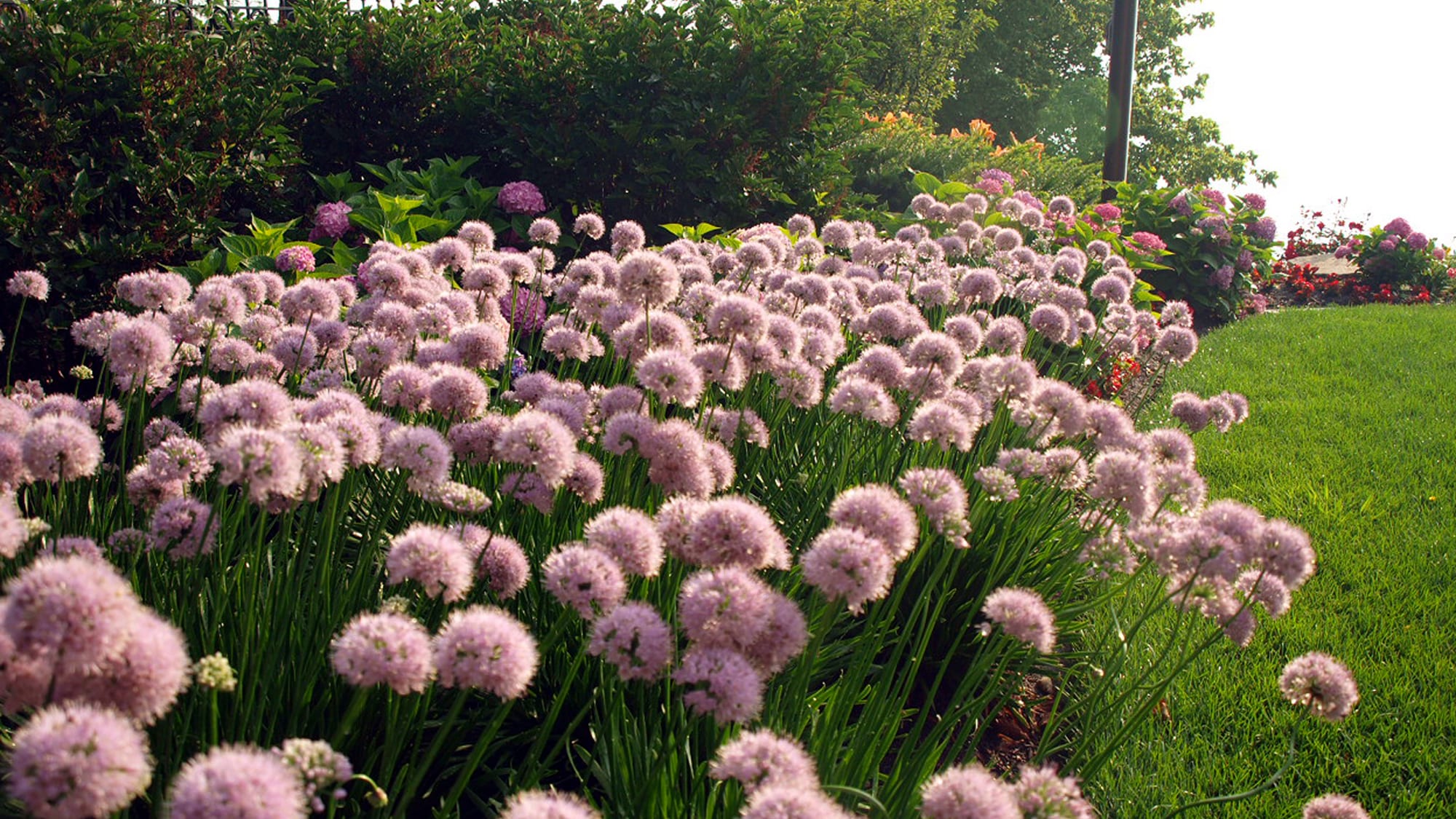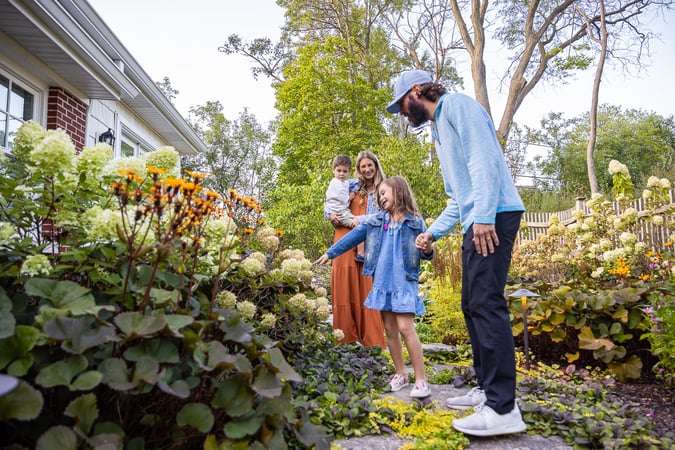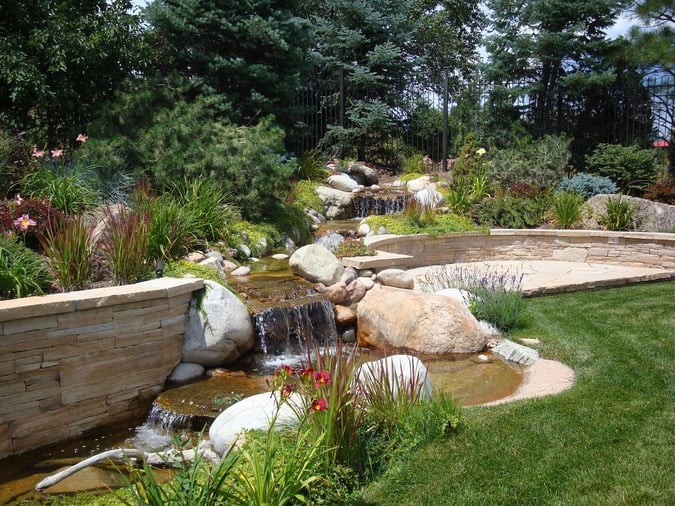
Pollinator Gardens: Why They're So Important and How They Can Bring a Landscape to Life

When an Evanston homeowner, birder, and photographer learned about the devastating loss of monarch butterflies due to habitat loss, she became motivated to take action.
“I can only control what’s in my own yard,” Tamima Itani said, and she wanted to use her yard to create a sanctuary for pollinators like butterflies, bees, and birds.
She knew she would need help to create strategically placed pollinator plantings and chose James Martin Associates (JMA) for the job. Together they determined that turf – which does not attract pollinators – should be removed and replaced with native plantings with winding gravel paths throughout.

This lack of grass meant that she would no longer have to mow or water the grass to keep it looking green, which reduced gas emissions, water usage, and the application of herbicides. She and her landscaping company would only have to focus on the garden beds.
Itani sought plants native to the Chicago and Illinois region, such as common milkweed, palm and burr sedges, black-eyed susan, white woodland aster, and other local plants that were known to attract pollinators.
Although she wanted to create a haven for these important pollinators, she also wanted it to look organized and coordinated, which required a trained eye and plant knowledge. JMA designed individual garden areas that incorporated large drifts of plants and flowers so the insects and birds did not have to travel long distances to pollinate, and kept them looking neat and orderly as well.
JMA also created interconnected gravel paths that allowed her to observe individual plants during flowering and other stages of their growth cycles as well as to photograph the pollinators without disturbing them.
“You can have a native plants garden that looks polished and finished,” Itani said. “My neighbors and friends say how much they admire the work that’s been done.”
After everything was planted in June, she expected the process of attracting pollinators to take quite a while but was pleasantly surprised when she started seeing caterpillars in August. Eventually, beautiful monarchs and swallowtail butterflies emerged from these cocoons, and by September, she was seeing bees and dragonflies as well.
To date, she has documented 67 bird species that have visited her pollinator garden, including the American goldfinch, the ruby-throated hummingbird, and the northern cardinal. During spring and fall migration, warblers, Baltimore orioles and rose-breasted grosbeaks make frequent visits.
Itani stressed that if homeowners are not able to commit their entire property for native or pollinator-friendly plants, they can easily create corners or circles that incorporate them. She believes this could easily apply to businesses as well.
“I think this kind of landscape would especially appeal to commercial sites, since they won’t have to mow or water the grass,” she said. “And typically we only have to weed every other week during the summer.”

Evanston is trying to get certified as a City Wildlife Habitat, and part of the certification requires the city to show that they have a certain number of properties with native plants.
Itani is happy to contribute to this cause: Her yard is now certified as a Wildlife Habitat. By having this type of landscape, “You are rewarded with exuberance, joy, and color,” she said.
She hopes to see more of her neighbors in the Chicago area incorporate gardens that take pollinators such as birds, butterflies, and bees into consideration.
Itani is doing her part to provide a sanctuary for them, and as a bonus, is delighted to be able to take pictures of these incredibly important and beautiful creatures.
“I love being able to spend time among the plants, flowers, insects, and birds,” Itani said. “My whole yard feels alive now.”
Contact James Martin Associates to learn about creating a pollinator garden for your home.

Emily Martin
